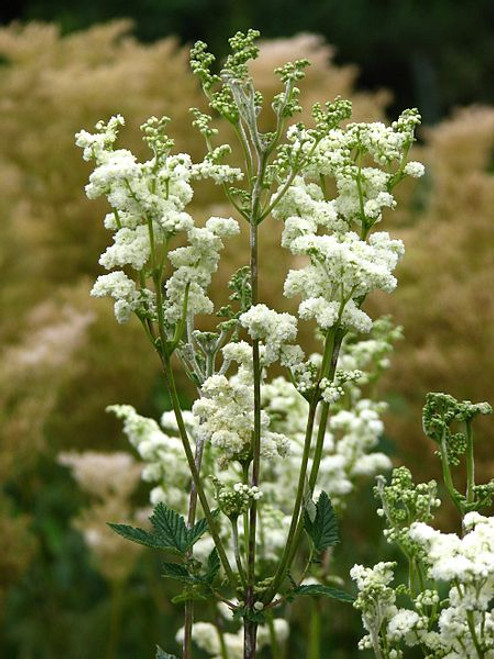Plant Overview
Celandine are one of the delights of early spring and among the first plants to flower. This variety has endless double flowers of lemony-yellow with a lime green centre. Looks magical in spring when carpeted under trees or shrubs.
Plants die back to tiny tubers in May and reappear in January.
Good for under-planting trees and shrubs or alongside a hedge. Also good in large containers to add early interest. Naturalises to form good-sized clumps.
Happy in any soil that isn't permanently waterlogged. Good drought resistance when established.
Height: 15cm
Although the common lesser celandine can be counted as a weed, the hybrids and cultivars tend to be much better behaved and are not as invasive. They are all happy in shady or open sunny positions.
Common name(s): Double Lesser Celandine
Syn: Ranunculus ficaria Flore Pleno.
Myth, legend and history:
Lesser celandine has been used in cooking throughout history. The plant’s roots swell up to form bulbs or tubers, which are reputedly delicious and can be eaten as a starchy vegetable. Lesser celandine has been used as potherb in central Europe and the young parts of the plant have been added to salads.
Celandine flowers given as a gift implies Joys to Come or reawakening. "Let this harbinger of spring speak to you of my love". Wearing a fresh celandine flower against the skin is alleged to enable the wearer to avoid any traps set for them and escape unwanted imprisonment. This may be due to another power attributed to it, that of ensuring the wearer wins the favour of judge and jury when appearing in court.
The plant is known as pilewort by some herbalists because it has historically been used to treat piles (haemorrhoids). Lesser celandine is still recommended in several "current" herbal guides for treatment of haemorrhoids by applying an ointment of raw leaves as a cream or lanolin to the affected area. Supposedly, the knobby tubers of the plant resemble piles, and according to the doctrine of signatures this resemblance suggests that pilewort could be used to cure piles.
Edward Thomas wrote a poem entitled "Celadine". Encountering the flower in a field, the narrator is reminded of a past love, now dead.
Upon Wordsworth's death it was proposed that a celandine be carved on his memorial plaque inside St Oswald's Church, Grasmere, but unfortunately the greater celandine Chelidonium majus was mistakenly used.
The Lesser Celandine - William Wordsworth
There is a Flower, the Lesser Celandine,
That shrinks, like many more, from cold and rain;
And, the first moment that the sun may shine,
Bright as the sun himself, 'tis out again!
When hailstones have been falling, swarm on swarm,
Or blasts the green field and the trees distressed,
Oft have I seen it muffled up from harm,
In close self-shelter, like a Thing at rest.
But lately, one rough day, this Flower I passed,
And recognised it, though an altered form,
Now standing forth an offering to the blast,
And buffeted at will by rain and storm.
I stopped, and said, with inly-muttered voice,
"It doth not love the shower, nor seek the cold:
This neither is its courage nor its choice,
But its necessity in being old.
"The sunshine may not cheer it, nor the dew;
It cannot help itself in its decay;
Stiff in its members, withered, changed of hue."
And, in my spleen, I smiled that it was grey.
To be a Prodigal's Favourite -then, worse truth,
A Miser's Pensioner -behold our lot!
O Man, that from thy fair and shining youth
Age might but take the things Youth needed not!











